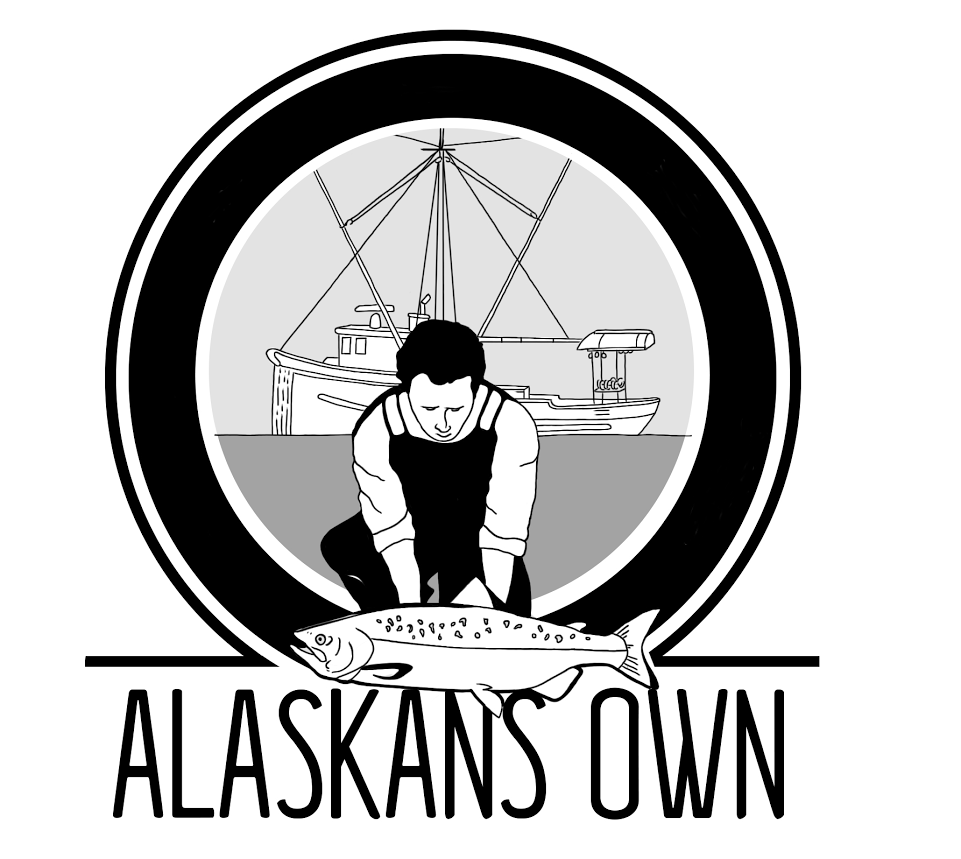Fishing Gear
All Alaskans Own seafood is hand-caught using only sustainable fishing methods that preserve the quality of the fish and also avoid any potential bycatch.
-
Longline Fishery
Most of Alaskans Own’s seafood is harvested using benthic longline gear on family-owned fishing vessels, generally less than 60 feet in length. Longlining is a passive fishing technique that has been used sustainably for more than 150 years. Fishermen set groundlines along the ocean floor with short branch lines attached every few yards ending in a baited hook. The lines are left to soak, then retrieved. Longline fishing does not damage benthic habitats and allows fishermen to select fish species and size by choice of hook size and design, which minimizes any potential bycatch.
-
Troll Fishery
Trollers are small fishing vessels operated by independent fishing families who "troll" baited hooks and artificial lures through the water to catch fish one at a time. Trollers fish on the open ocean and catch salmon when they are "bright," or at their peak quality. Careful individual handling helps maintain this quality. Each fish is stunned, brought on board, gill bled and chilled on ice within minutes of landing on a hook. Careful cleaning and quick icing ensures superb flavor and texture. The quality of Alaskans Own’s troll-caught wild salmon is unmatched. No fish is treated with more care from the time it leaves the water until it arrives on your plate.
-
Gillnet Fishery
Gillnets are a type of fishing net that has been used sustainably for many years to target specific fish species and reduce any potential bycatch. Gillnets are used in Bristol Bay to help fishermen catch large quantities of salmon quickly and carefully. Gillnet fishermen deploy monofilament nets that are invisible to the fish. Salmon swim into the nets and become trapped in them through their gill plates. After the net soaks in the water for an hour or two, the net is pulled onboard using a hydraulic reel and the salmon are picked out of the net by hand.
Seafood Species
Alaskans Own offers a variety of wild, sustainable seafood from Alaska’s pristine waters. Each seafood species is unique and lends itself to different cooking methods and recipes. Try them all to find out which is your favorite!
-

Read more
-

Read more
-

Read more
-

-

-

-

-










